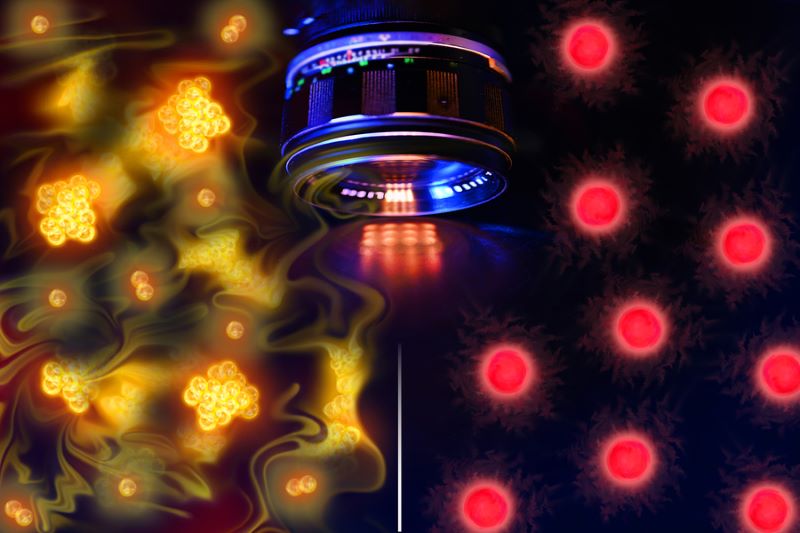Quantum teleportation is no longer just a concept in theoretical physics—it is rapidly becoming a technological reality. Recent advancements by researchers at Northwestern University have demonstrated the possibility of quantum teleportation over standard fiber optic cables.
This breakthrough could revolutionize the way we share and secure data, blending quantum and classical communications seamlessly.
What Is Quantum Teleportation?
Quantum teleportation is a process that allows the state of a particle, such as a photon, to be transferred to another particle at a distant location without the physical transfer of the particle itself. This method relies on a phenomenon called quantum entanglement, where two particles become so interconnected that the state of one directly influences the other, regardless of the distance between them.
For decades, this concept has been confined to controlled laboratory settings. However, the recent achievement of quantum teleportation over fiber optic cables used for everyday internet traffic signals a major leap forward.
How It Works

The science behind quantum teleportation revolves around entangled photons. Researchers can encode information onto these photons and transmit their quantum state from one location to another almost instantaneously.
In their study, the Northwestern team demonstrated how quantum signals can coexist with classical internet traffic on the same fiber optic cables. By identifying a specific wavelength where quantum signals face minimal interference, the researchers ensured that the delicate quantum photons could travel without being overwhelmed by traditional data traffic.
This discovery eliminates the need for dedicated quantum communication lines, which experts believed to be essential. Instead, existing internet infrastructure can be adapted for quantum networking, significantly lowering the barriers to widespread adoption.
Why Quantum Teleportation Matters
The ability to integrate quantum and classical data on a single network opens the door to numerous applications. First, quantum networks provide unparalleled security. any attempt to intercept the data disrupts the quantum state, making tampering immediately detectable.
Besides, linking quantum computers across regions becomes more feasible, enabling collaborative problem-solving on a larger scale. It could also lead to advancements in distance sensing, imaging, and synchronization of distant systems with extreme precision.
The Quantum Revolution Is Here
Quantum teleportation has evolved from a theoretical concept to a practical tool that could transform communication as we know it. By enabling quantum signals to share the same infrastructure as classical data, this technology marks the beginning of a new era in networking.
As researchers refine and expand these capabilities, quantum teleportation may soon become an integral part of our interconnected world.









